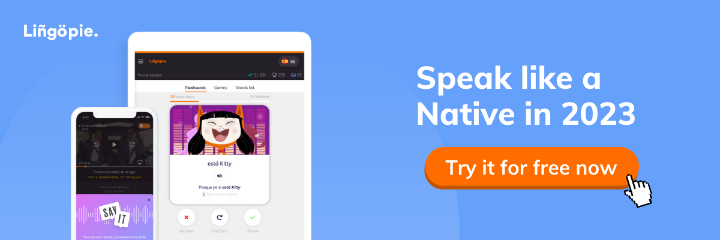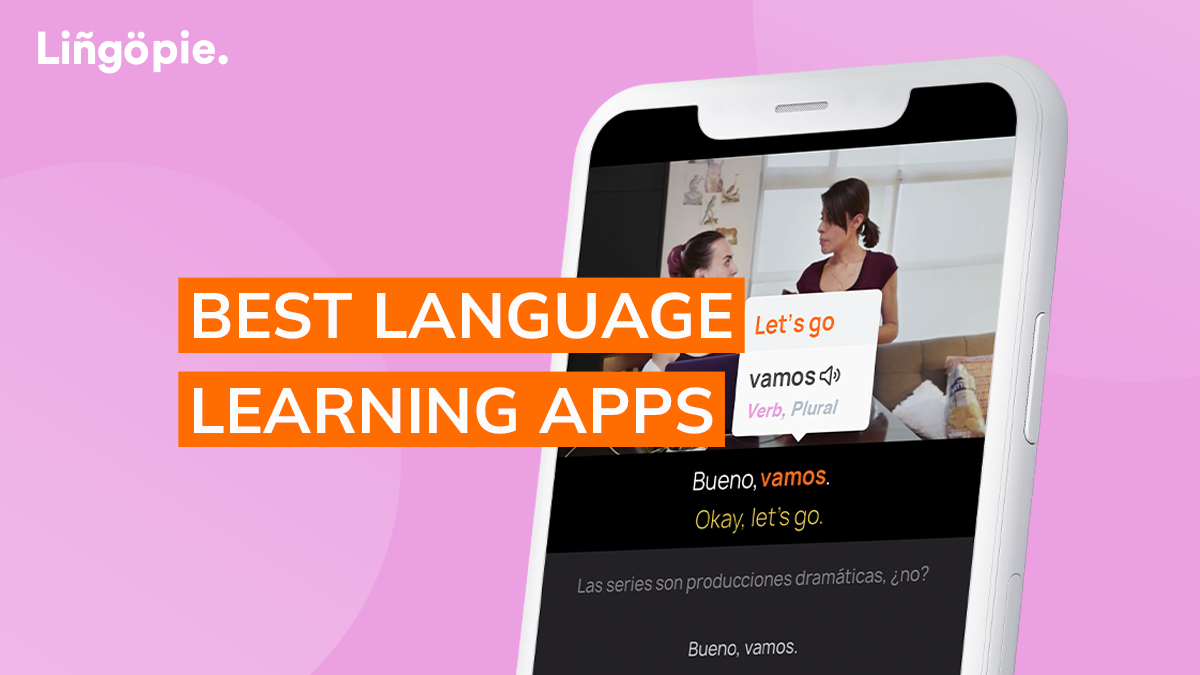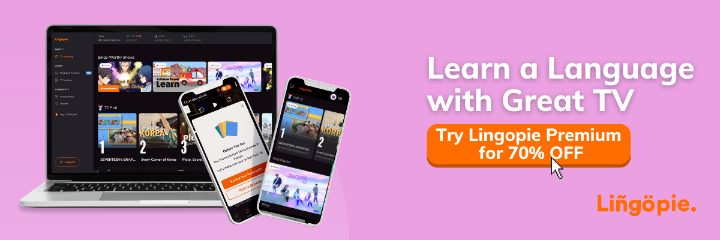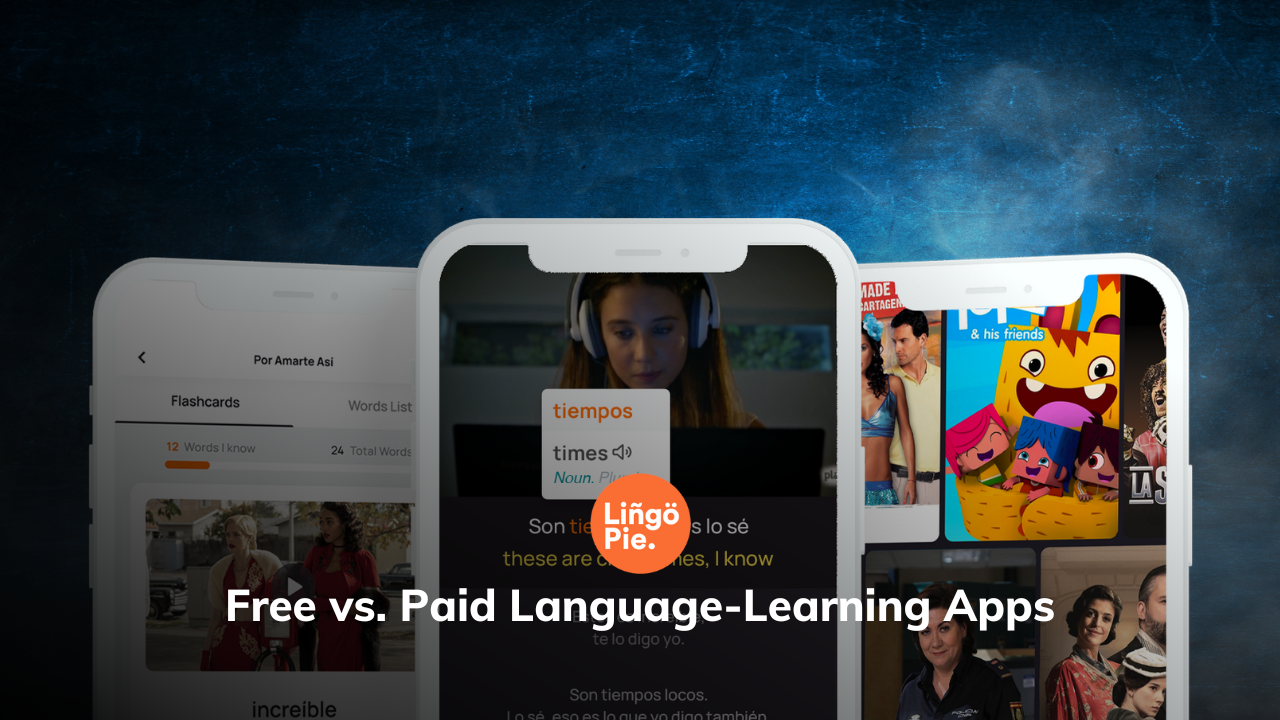Language learning has undergone a significant transformation with the rise of mobile apps for language learning. These digital tools offer convenience, accessibility, and interactive experiences that have revolutionized the way we acquire new languages.
However, with the abundance of options available, it can be hard to decide between a free or paid language learning app. We will explore the value and benefits of both free and paid language-learning apps, aiming to provide insights that will help language learners make informed decisions.
By evaluating the advantages, limitations, and factors to consider, we can determine which are the best language-learning apps that won't break the bank.

Table of Contents
- Understanding Language-Learning Apps
- Exploring Free Language-Learning Apps
- Assessing Paid Language-Learning apps
- So, Paid or Free Language Apps?
- Factors to Consider in Choosing the Right Language-Learning App
- FAQs About the Best Language-Learning Apps
Understanding Language-Learning Apps

Language-learning apps have become a popular tool for individuals seeking to acquire new languages or improve their language skills. These apps are designed to provide interactive and engaging learning experiences through mobile or web-based platforms.
They offer a range of features, games, and resources that facilitate language acquisition, making them a valuable asset in your language-learning journey.
The best language-learning apps are specifically developed to cater to the diverse needs and preferences of different language learners.
They recognize that each individual has their own unique learning style and approach. Whether someone learns best through visual aids, audio-based learning, interactive exercises, or immersive experiences, language apps provide a variety of options to accommodate different learning preferences.
Exploring Free Language-Learning Apps
Free language-learning apps are popular among language learners of all levels and with all budgets. There is value in free language-learning apps, and these accessible and affordable resources offer a range of benefits. They tend to offer a wide range of language options and basic lessons that can be a great starting point for beginners.
However, it's important to acknowledge the limitations of free versions of language apps. While they offer valuable resources, they often come with restrictions on access to advanced features, in-depth content, or personalized learning experiences. This can hinder learners' progress and limit their exposure to more comprehensive language skills.
Language acquisition is a multifaceted process, and relying solely on free language-learning apps may not provide the full spectrum of resources needed for effective language learning. It is essential to diversify learning resources and incorporate multiple approaches. This could include using textbooks, online courses, engaging with native speakers, and watching foreign-language TV.
Depending solely on free language-learning apps can have potential drawbacks. These apps may lack interactive exercises, real-time feedback, or speech recognition technology, which are crucial for developing speaking and listening skills. Additionally, the content of free apps might not be as extensive or tailored to specific learning goals compared to paid options.
To maximize language acquisition, learners should consider a blended approach, combining free language-learning apps with other (paid) resources. By diversifying your learning methods, you can address the limitations of free apps and enhance your language skills through a more comprehensive and varied approach.
Assessing Paid Language-Learning Apps
Investing in paid language-learning apps comes with several advantages that can greatly benefit language learners. Paid versions often provide access to more advanced features and content, allowing learners to delve deeper into their target language. They offer comprehensive lessons, interactive exercises, and tailored learning paths that cater to specific learning styles and goals.
One noteworthy paid language-learning app is Lingopie, which offers an affordable subscription plan. Lingopie provides a wide range of language options and engaging content, including authentic TV shows and movies with subtitles. This immersive approach helps learners improve their listening skills, vocabulary, and cultural understanding.
However, it is important to consider potential drawbacks when assessing paid language-learning apps. The cost associated with these apps can be a limiting factor for some learners. Additionally, some apps might have limited language options, focusing primarily on popular languages while offering fewer resources for less commonly taught languages.
Despite these potential drawbacks, the benefits of paid language-learning apps, such as access to advanced features, comprehensive content, and personalized learning experiences, make them a valuable investment for those committed to language acquisition.
By carefully considering your needs, preferences, and budget, you can choose a paid app that aligns with your goals and maximizes your language-learning potential.
Related:


So, Paid or Free Language Apps?
Deciding between a paid or free language-learning app ultimately depends on your specific circumstances and preferences.
Free language-learning apps can be a great starting point, offering accessibility, basic lessons, and affordability. However, they often come with limitations in terms of advanced features, content, and personalized learning experiences.
Paid language-learning apps, on the other hand, provide access to comprehensive resources, tailored lessons, and advanced features that can greatly enhance your language acquisition journey. While there is a cost involved, the investment can be worthwhile for those committed to language learning.
Consider your goals, budget, and desired learning experience to make an informed decision on whether to opt for a paid or free language-learning app.
Remember that many of the best language-learning apps work well in conjunction. Some focus on listening and speaking skills while others fine-tune your reading and writing skills or focus on grammar lessons. So, the more resources you use, both free and paid, the faster you will acquire a new language.
Factors to Consider in Choosing the Right Language-Learning App

When selecting a language-learning app, it is crucial to consider various factors that align with individual learning preferences and goals. Each learner has unique needs and approaches to language acquisition, and finding an app that caters to these preferences can greatly enhance the learning experience.
Interactive lessons engage learners actively, allowing them to participate and practice language skills in real-time. Speech recognition technology provides valuable feedback on pronunciation and speaking skills, helping learners improve their oral communication abilities.
Immersive learning experiences, such as exposure to authentic content or conversation practice, foster a deeper understanding of the target language and its cultural context. Mastering conversational Spanish is easiest when speaking with a native Spanish speaker, after all.
App reviews, user ratings, and recommendations from fellow language learners are essential in evaluating the quality and effectiveness of a language-learning app. These insights offer valuable perspectives on app features, usability, and overall learning outcomes. Learning from the experiences of others can help you to make informed decisions and choose an app that aligns with your specific needs and learning style.
Language options, specific skills targeted, and your specific learning style are all important factors too. Make sure the app boasts structured lessons and enjoyable practice exercises in your new language that suit your needs. Moreover, ensure the free version of the app offers enough resources in your new language, or consider paying a subscription for access.
Finally, try to find a fun app that keeps you engaged, offers offline learning, and boasts quality content like video clips, flashcards for new words, and quizzes to track your progress.
FAQs About the Best Language-Learning Apps
Now, let's take a look at some frequently asked questions about cool language-learning apps.
What is the best language-learning app?
Lingopie is one of the best language-learning apps because it offers a comprehensive approach to language learning, incorporating authentic content like TV shows and movies with subtitles. Its immersive experience and affordable subscription make it a popular choice among language learners. Lingopie offers content in eight languages: French, Spanish, Italian, Portuguese, German, Russian, Japanese, and Korean.
Can I get speaking practice from a language app?
Whether you can get quality speaking practice from a language-learning app depends on the kind of web app you are using and what features it has. The best language app for speaking practice will offer you the chance to have real conversations via augmented reality, language exchange, or one-on-one tutorials.
Moreover, most language apps now have speech-recognition software so when you do speech-recognition exercises, you can receive instant feedback on correct pronunciation and begin to sound like a native speaker.
How many languages can I learn with language-learning software?
You can learn multiple languages with the best language-learning apps. If you are driven and committed to completing lessons every day in one or more of the languages offered on the app, you can learn as many languages as you like using modern software designed for the acquisition of foreign languages.
While people often learn one language at a time, individual learners can make this decision for themselves.
Why do some of the best language-learning apps come at a price?
The reason a few apps come with a subscription fee is that they invest in advanced features, comprehensive content, and personalized learning experiences. This investment allows for higher-quality resources and enhanced language acquisition opportunities for learners.
Other language apps offer a one-off payment for lifetime access to the course materials, and this is very beneficial if you want to keep going over materials and reinforcing your learning.

Summing Up: Free vs. Paid Language-Learning Apps - Evaluating the Value and Benefits
When evaluating language-learning apps, it is essential to consider individual learning preferences, goals, and available resources. While free language-learning apps offer accessibility, paid apps provide advanced features, comprehensive content, and personalized experiences.
By carefully considering these factors, learners can make an informed decision and select the app that aligns with their needs. Lingopie exemplifies an affordable and immersive language-learning app.
Whether opting for a free or paid app, it is crucial to supplement learning with diverse resources and maintain consistency and dedication to achieve the desired language proficiency. Embracing the right language-learning app can pave the way to a rewarding linguistic journey.







![5 Official Spanish Language Tests To Show Your Proficiency Level [Guide]](/blog/content/images/size/w300/2025/06/Spanish-Language-Tests.jpg)
![Why Memorizing Spanish Words Won’t Make You Fluent [Tips]](/blog/content/images/size/w300/2025/06/how-to-practice-spanish-vocabulary.jpg)
![How to Improve Your Polish Conversation Skills [5 Best Tips]](/blog/content/images/size/w300/2025/06/improve-polish-conversation-skills.jpg)
